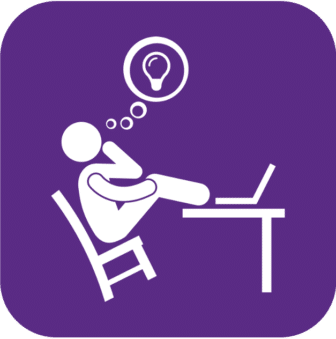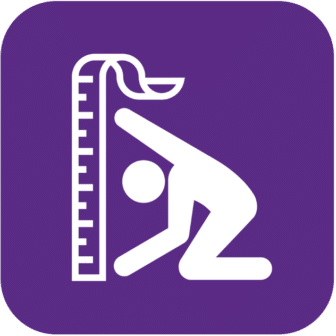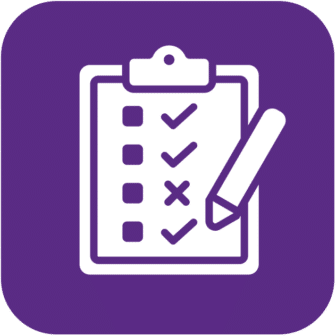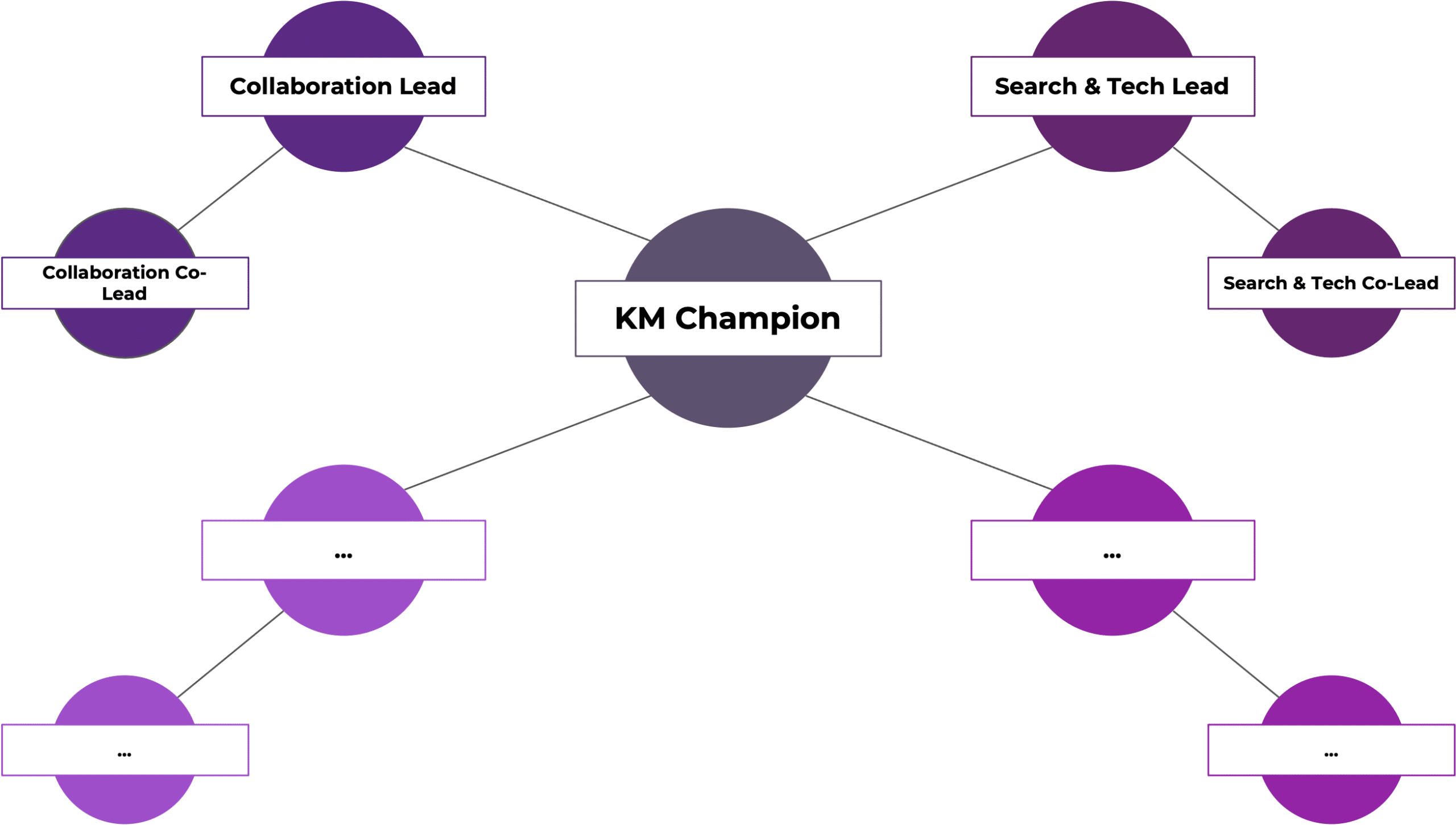At Enterprise Knowledge (EK), a lot of our knowledge management (KM) work in support of our clients surfaces the need for, and questions around, having a KM team in place. The right KM team – usually 2-5 core individuals who oversee KM initiatives and divide KM-related responsibilities between them – will combine the right skill sets, like collaboration and strategic planning expertise, to systematically design and implement KM at your organization. According to Harvard Business Review, “companies in the Fortune 500 still lose a combined $31.5 billion per year from employees failing to share knowledge effectively,” and we at EK have observed that an ineffective KM team is one of the top reasons why KM fails, as it is unable to give KM the focus it needs to embed it at the organizational level, garner buy-in from stakeholders, align with strategic goals, and lay the foundation for continued sustainment and KM evolution.
But how do you go about actually building that team? Whether KM at your organization consists of just you, you and a small team, or an entire division, here are three simple steps for cultivating a successful KM team that provides the greatest value to you and your organization.
1. Understand Your Organization
Before you even begin your search for a new KM team member, it’s important to take the time to first define your organization’s specific needs:
- How is knowledge management defined at your organization?
- What does knowledge management mean to you personally?
- What are you seeking to accomplish through a knowledge management initiative?
- What are your organization’s KM goals, and how malleable are they?
- What are the most pressing KM challenges your organization is facing?
If you don’t have one already, develop a consistent, distinct KM vision based on your responses to the above questions. Keep your wording simple, prioritizing substance over style. This will help you build momentum for KM and provide an overall indicator of success, as well as support change management efforts later on as you implement KM initiatives with your team. Need inspiration? Try emulating the sample KM vision statement for a large bank below.
—
Bank staff are able to easily find information and get trained on streamlined HR processes – improving HR’s ability to monitor compliance with Bank’s ethics framework and increasing cost efficiencies – because Bank’s systems are more integrated and accessible via an enterprise search capability.
—
Once you’ve arrived at a clear organizational definition and purpose for KM, outline the basic skills and capabilities that would demonstrate a proficiency in these concepts. If possible, build on any KM job descriptions that already exist to ensure you’re capturing all available resources. As you begin to list out the qualities and skills a KM team member should possess, categorizing your criteria will allow you to mitigate any overlap or duplication of competencies as you brainstorm. We recommend incorporating the following key competencies to be successful in KM:
- KM Capabilities: This includes an understanding of and/or willingness to learn KM-related concepts, experience fostering a culture of KM, and relevant coursework or education in KM-related fields.
- Topical Knowledge: This includes experience in strategic design and visioning, ability to develop governance models, and any necessary industry-specific knowledge.
- Technical Knowledge: This includes experience with KM technologies, as well as the ability to digest and act on system analytics.
- Project Management: This includes skills like prioritization, time and task management, and dealing with ambiguity.
- Professional Growth and Learning: This includes mentorship and training, thought leadership, and willingness to take initiative.
- Communication and Organization Skills: This includes stakeholder facilitation and management experience, the ability to self-serve, and strength in written vs. verbal communication.
- Team Skills: This includes any interpersonal and relationship-building skills, as well as experience working within a team environment. These skills are fairly common across most positions, and thus should be prioritized lower than those in categories that more closely align with your organization’s KM needs.
This competency list will not only support you as you add new members to your KM team, but also provide you with a useful resource for conducting skill gap analyses with existing members to build their strengths, apply targeted trainings to their weaknesses, and better equip them to succeed in their KM roles.
2. Customize Your Team Framework
Once you’ve consolidated your KM definition and brainstormed a list of KM-related skills and characteristics, you can leverage them to develop your KM role(s) and job description(s). A good KM team structure isn’t too rigid, and allows for continual evolution and flexibility depending on organizational change. It is important to start small, focusing on building a strong team one person at a time, and a good foundational structure makes all the difference in maintaining a collaborative and trusting culture as the team grows.
Our approach to defining a KM team structure revolves around determining the team’s day-to-day duties and the roles you’ll need to execute them. We recommend you consider these in the context of a corresponding decision-making and governance model that accounts for meeting cadence, collaboration tools, goal setting, and success criteria. For instance, you might want a Collaboration Lead to design and implement collaboration activities and a Search & Technology Lead to capture requirements for tool selection. You’ll also need a KM Sponsor to be your champion on the executive leadership team who can advocate for your KM budget and prioritizing KM initiatives (for a rumination on where a KM organization should sit within an organization, check out our CEO Zach Wahl’s blog).
Prioritize the most critical position(s) for your organization in its current state. Roles should closely align with the KM challenge(s) you identified during visioning: which type of role(s) will best enable you to address them? And how will these roles interact with each other? See an example of a decentralized model above.
3. Start Building Your KM Team
Now that you’ve determined your KM role(s), the next step is to determine if you have the right skill sets and people in-house or if you need to hire externally. Identify any critical skills considered essential to working at your organization. For instance, if you operate in a niche sector of an industry (e.g., renewable energy engineering), you may need to include a corresponding educational requirement in your job description and evaluation criteria. Begin to map these essential responsibilities to your role(s) and KM competencies, thinking critically about how each role will interact with others and the processes that might already be in place.
Building and sustaining a culture that champions knowledge management and sharing involves bringing in people who share your organization’s values. In selecting from a pool of external candidates, many organizations place more significance on an individual’s abilities (e.g., strategic thinking) and skills (e.g., software proficiency) than on their values and whether they will be a good “culture fit;” ensure you have a healthy mixture of hard and soft skills to maintain that balance. While an external hire may be a gamble, they often come with valuable outside experience and might just bring the fresh perspective you need to take the next step with KM.
Hiring internally, however, can look a little bit different. When evaluating internal candidates, you will likely have a number of supplemental resources at your disposal, including past work, performance reviews, and trusted individuals who can vouch for them. This knowledge of their cultural synergy with your organization will prove indispensable in evaluating their cultural fit, but be careful to take an objective view – having all of this background information may factor into bias.
Review your list and determine which skills and capabilities are required as a must-have, and then which characteristics would be nice to have. These preferred, non-critical abilities should be supplemental and teachable, making it easier to upskill candidates once they’ve been brought onto the team; some candidates will be more specialized in their KM experience and expertise than others, so a holistic view will help you achieve the best result.
In the end, you should have (1) job description and (2) lists of itemized criteria for the best-fitting KM team members for your organization. For example, the team skills your candidates should possess might look something like the image below.
With a customized framework, refined job descriptions, and criteria tailored to each role in hand, you can confidently begin the process of evaluating candidates and filling the positions you’ve deemed most essential to your organization in its current state, ultimately building a strong foundation for KM initiatives that promotes team collaboration, knowledge sharing, and professional growth.
Conclusion
Now that you have the right team on board, you can begin to socialize KM best practices to the rest of your organization with a renewed vigor and targeted customization. EK is prepared to support you on the next phase of your journey: garnering support and momentum for your KM initiatives to sustain them long-term. For help making KM stick at your organization, check out our blogs on leading change and developing good KM habits, or contact us here.


